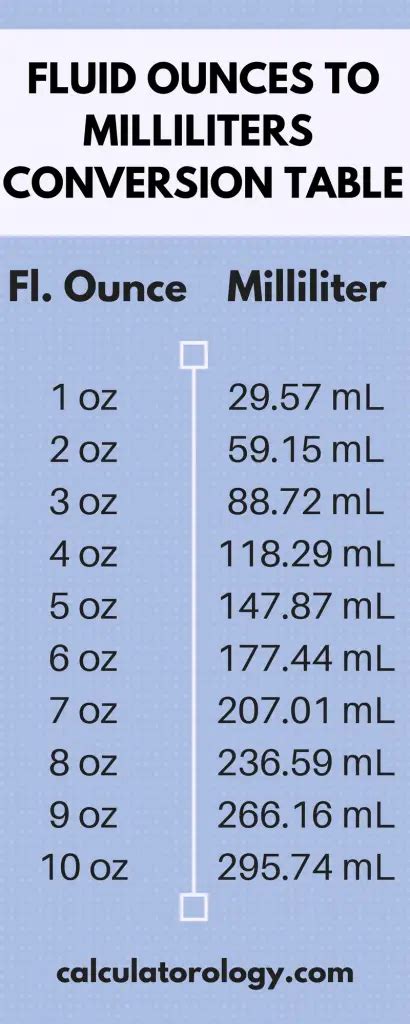How Much Is 40 Ml In Oz
Kalali
Mar 27, 2025 · 4 min read

Table of Contents
How Much is 40 ml in oz? A Comprehensive Guide to Metric and Imperial Conversions
Knowing how to convert between metric (milliliters, liters) and imperial (ounces, pints, gallons) units is a crucial skill in various aspects of life, from cooking and baking to understanding medicine dosages and fuel efficiency. This comprehensive guide will delve into the conversion of 40 ml to ounces, explaining the process, providing different methods, and offering valuable insights into the world of unit conversions.
Understanding the Units: Milliliters (ml) and Ounces (oz)
Before diving into the conversion, let's understand the units involved.
Milliliters (ml): This is a unit of volume in the metric system. "Milli" means one-thousandth, so a milliliter is one-thousandth of a liter. It's commonly used to measure liquids like water, milk, juice, and medicine.
Ounces (oz): This is a unit of volume (or sometimes weight, depending on the context) in the imperial system. There are fluid ounces (fl oz) used for liquids and avoirdupois ounces used for weight. When dealing with liquid volume, we use fluid ounces. The fluid ounce is a smaller unit than the cup, pint, quart, and gallon.
The Conversion Factor: The Key to Accuracy
The core of any unit conversion lies in the conversion factor. The conversion factor between milliliters and fluid ounces is approximately 29.5735 ml per fluid ounce. This means that one fluid ounce is equal to approximately 29.5735 milliliters.
Calculating 40 ml to oz: Different Methods
There are several ways to calculate 40 ml in ounces, ranging from simple direct calculation to using online converters.
Method 1: Direct Calculation using the Conversion Factor
This is the most accurate method. We'll use the conversion factor mentioned earlier: 1 fl oz ≈ 29.5735 ml.
To find out how many ounces are in 40 ml, we set up a proportion:
40 ml * (1 fl oz / 29.5735 ml) = x fl oz
Solving for x:
x ≈ 1.35 fl oz
Therefore, 40 ml is approximately 1.35 fluid ounces.
Method 2: Using an Online Converter
Numerous websites and apps provide unit conversion tools. Simply search online for "ml to oz converter" and input 40 ml. These tools usually offer quick and accurate results. While convenient, understanding the underlying calculation is always beneficial.
Method 3: Approximations for Quick Estimations
For quick, rough estimations, you can use a simplified conversion factor. Remember that this will be less precise. A commonly used approximation is that 30 ml is roughly equal to 1 fluid ounce. Using this approximation:
40 ml / 30 ml/fl oz ≈ 1.33 fl oz
This approximation gives a result close to the precise calculation, but it's less accurate.
Understanding Significant Figures and Precision
The number of significant figures you use in your calculations depends on the precision required. For most everyday purposes, using one or two decimal places for the ounces is sufficient. However, in scientific or medical contexts, higher precision may be necessary.
Practical Applications: Where This Conversion Matters
Knowing how to convert 40 ml to ounces (and other metric-imperial conversions) is essential in various situations:
Cooking and Baking:
Recipes often use different units depending on their origin. Converting between milliliters and ounces ensures accurate ingredient measurements, leading to better baking and cooking results. A small difference in liquid volume can significantly impact the final product.
Medicine:
Accurate medication dosage is paramount. Doctors and pharmacists might prescribe medication in milliliters, while household measuring tools might only provide ounces. Accurate conversion prevents potential health risks.
Travel:
Many countries use different unit systems. Understanding conversions is crucial when dealing with fuel efficiency (liters per kilometer vs. miles per gallon), liquid purchases (water bottles, etc.), and understanding product labels.
Science and Engineering:
Across various scientific and engineering fields, accurate measurements are fundamental. Converting units is a core skill for experiments, calculations, and data analysis.
Expanding Your Conversion Knowledge: Beyond 40 ml and oz
While this guide focuses on 40 ml to ounces, the principles can be extended to other conversions:
- Converting larger volumes: If you need to convert liters to gallons or quarts, the process is similar, just with different conversion factors.
- Converting smaller volumes: Converting microliters to fluid ounces would also involve a similar calculation but with a different conversion factor.
- Other units: Learning to convert between other units like grams to ounces (weight) or kilometers to miles (distance) is equally important.
Mastering unit conversions will make you more confident in handling various situations and improve your understanding of quantitative information.
Conclusion: Mastering the Art of Unit Conversion
The ability to convert between milliliters and ounces, and more generally, between metric and imperial units, is a versatile skill with broad applications. While online converters provide convenience, understanding the underlying principles and calculations ensures accuracy and promotes problem-solving skills. This guide has provided a thorough explanation of how to convert 40 ml to ounces, highlighting different methods and practical applications. Remember to always consider the required precision and choose the appropriate method accordingly. With practice, you'll become adept at these conversions and confidently navigate the world of measurements.
Latest Posts
Latest Posts
-
Every Individual Getting A Concussion Demonstrates The Same Four Symptoms
Mar 30, 2025
-
Which Value Is An Output Of The Function
Mar 30, 2025
-
Which Intermolecular Force Increases With Increasing Molar Mass
Mar 30, 2025
-
Cuanto Es 24 Grados Fahrenheit En Centigrados
Mar 30, 2025
-
10 5 Inches Is How Many Centimeters
Mar 30, 2025
Related Post
Thank you for visiting our website which covers about How Much Is 40 Ml In Oz . We hope the information provided has been useful to you. Feel free to contact us if you have any questions or need further assistance. See you next time and don't miss to bookmark.
